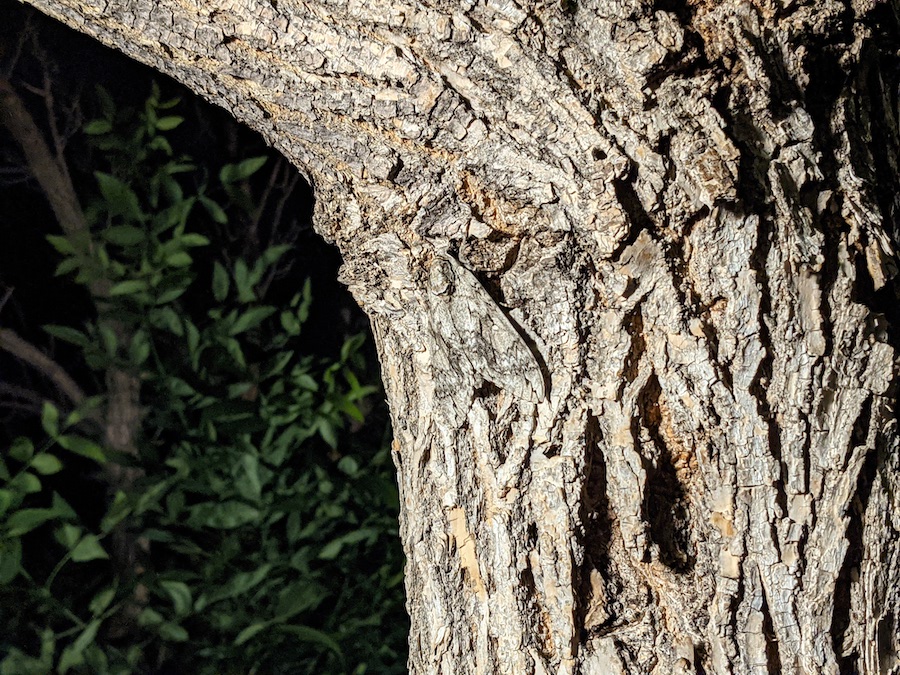ID the Tree!

This article was originally published on AmericanForests.org and is republished here in an edited format.
This April 23, we hope you’ll participate in Celebrate Trails Day, an annual spring celebration of America’s trails. A fun challenge while you’re outside is identifying the plant life that surrounds you. Special thanks to American Forests for sharing these great tips on identifying trees. While leaves can make tree identification much easier, you can use these pointers for identifying deciduous trees year-round, even in winter!
Branching Out

Observing the leaf and twig arrangement can tell you a lot about the kind of tree you are seeing. There are three main structures that you will look for:
- Trees with alternate leaf attachments have one unique leaf at each leaf node and usually alternate their direction along the stem.
- Trees with opposite leaf attachments have a pair of leaves at each node. The joy of opposite leaves is that only a few common tree families have these, and there is an easy acronym to remember: MADCap Horse.
- Maple
- Ash
- Dogwood
- Honeysuckle/Viburnum (aka Caprifoliaceae)
- Horse chestnut
- Trees with whorled leaf attachment often have three or more leaves attached at each node on the stem.
Be a Twig Detective

Twigs can often be identified by observing the following:
- Buds: Buds are a useful ID because they are set in different ways and look different when you look up close, specifically at the shape, size and scales (which protect the buds).
- Bark: Look at the color and pattern (more to come on that).
- Leaf scars: These are below the buds and are left when the leaf falls off in autumn. The scar will look different for each kind of tree. Look at the shape, pattern and arrangement of scars.
- Pith: The soft center section of the twig is important for storage and transport of nutrients. Look at the color and chambers of the pith.
To help in this, find a good twig key, such as this one, to help you go step-by-step in determining where the twig came from.
Find the Fruits

Often in the winter, you will see some conspicuous, persistent fruits on the trees or evidence of the fruits below the trees. In most good tree identification books, you will be able to search out different types of fruits. A few common fruit types that you may find in the winter include:
- Berry: a fleshy fruit (ex. paw paw)
- Nut: a hard, bony fruit with one seed (ex. acorns from an oak)
- Samara: one-seeded (ex. the winged fruit of maples)
- Achene: a small dry fruit with one seed inside (ex. sycamore)
- Legume: a fruit with several seeds that splits open at maturity (ex. redbud)
Learn the Bark

Tree bark is an especially useful tool for tree ID in the winter. And, of course, there are various ways to describe what a bark might look like. Here are a few descriptions you might use when comparing tree bark:
- Smooth, like beech tree
- Shaggy, like shagbark hickory
- Blocky, like persimmon
- Ropey, like black walnut
- Warty, like hackberry
- Diamond, like green ash
- Peeling, like sycamore

Donate
Everyone deserves access to safe ways to walk, bike, and be active outdoors.
